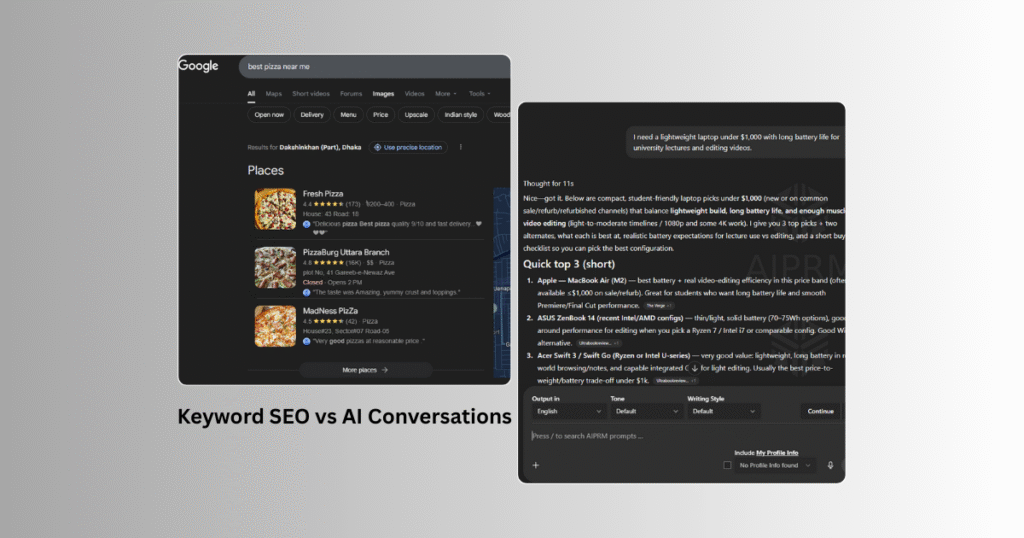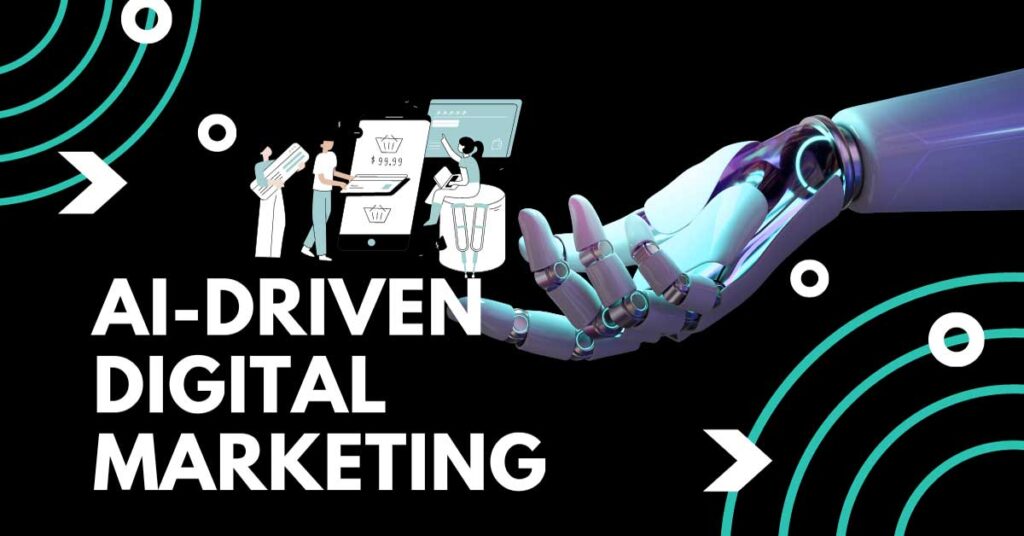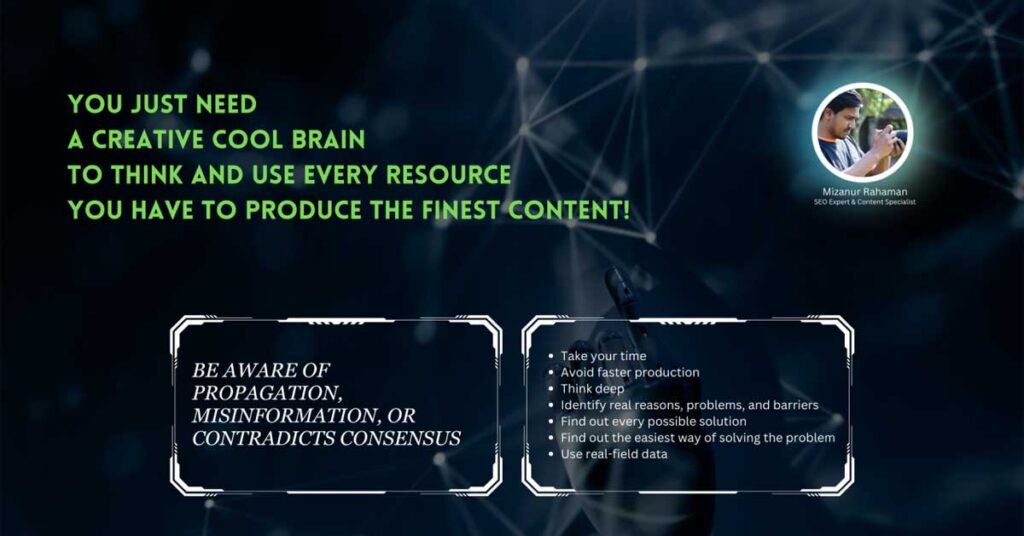👉 The end of keywords isn’t the end of SEO. It’s the beginning of conversation-first marketing.
For more than two decades, keywords were the backbone of SEO (Search Engine Optimization) and digital advertising. Businesses competed to rank for phrases like “best pizza near me” or “affordable digital marketing agency.” Entire industries grew around keyword research, SEO optimization, and PPC bidding.
But with the rise of Google’s AI Mode and conversational search, the rules are changing. Keywords alone are no longer enough. Today, AI evaluates context, intent, and trust signals before showing results.
The big question many professionals SEOs and businesses are asking:
“How do I create a content marketing strategy or optimize for AEO, GEO, and AIO that works for both traditional keyword SEO and AI-powered conversations?”
Let’s break it down.
Why Keywords Still Matter (But Less Than Before)
Despite the hype, keywords aren’t dead. They still:
- Help search engines understand what your page is about.
- Drive organic traffic through traditional search.
- Remain essential for product listings, metadata, and ad targeting.
But here’s the shift:
Keywords are no longer the main decision factor.
AI looks beyond them into meaning, context, and reputation.
Why AI Conversations Are the Future
In AI Mode, users no longer type short queries. They ask detailed, natural-language questions:
- Old Search: “Best laptop for students”
- AI Mode Search: “I need a lightweight laptop under $1,000 with long battery life for university lectures and editing videos.”
Notice the difference? AI Mode looks for:
- Budget range
- Use cases
- Quality signals
- Local availability
This is why conversation-ready content is now critical.
The Hybrid Challenge: Serving Keywords and Conversations
To stay competitive, your content strategy must do two things at once:
- Rank for traditional keywords that people still use.
- Provide rich, conversational answers that AI systems can surface in dialogue-style search.
Here’s how to build that hybrid strategy.
Step 1: Map Your Audience’s Conversations
- Collect the top questions your audience asks:
- Sales calls
- Customer reviews
- Social media comments
- Quora, Reddit, niche forums
- Translate these into conversational content themes.
- Example:
Instead of only targeting “dentist in Chicago,” answer:
“Who’s the best-reviewed dentist in Chicago that offers same-day crowns?”
Step 2: Blend Keywords with Natural Language
- Keep keywords in titles, meta tags, and headings.
- In the body, write in natural, conversational language.
- Example:
- Old: “Best SEO agency Dhaka”
- New: “Looking for an SEO partner in Dhaka who can manage content, ads, and local SEO together?”
- Example:
This way, you satisfy both the algorithm’s keyword signals and the AI’s conversation understanding.
Step 3: Optimize for Trust Signals
AI systems don’t just read your content – they analyze your entire digital footprint:
- Online reviews: Google Maps, Trustpilot, Yelp.
- Brand consistency: Same NAP (name, address, phone) across all platforms.
- Authority content: Updated blog posts, case studies, thought leadership.
- Engagement: Active social media and community presence.
If your signals are weak or inconsistent, AI is less likely to recommend you – even if your content is keyword-rich.
Step 4: Use Structured Data & Clean Feeds
- Add schema markup to your site (FAQ, products, reviews).
- Enrich product feeds with attributes people ask about (budget, features, benefits, use cases).
- Ensure your site is fast, mobile-friendly, and regularly updated.
This helps both Google’s traditional search and AI Mode interpret your business correctly.
Step 5: Measure Conversations, Not Just Clicks
- Track engagement metrics: time on page, scroll depth, question-based searches.
- Capture meaningful conversions: sales, leads, repeat customers.
- Use analytics to see not only which keywords drive traffic but also which conversations drive sales.
Winners in the Hybrid Era
- Winners: Brands that integrate keyword targeting and conversational content, backed by trust signals.
- Losers: Businesses stuck in the old model – stuffing keywords, ignoring reviews, or failing to build contextual content.
A Two-Track Content Strategy
Keywords aren’t dead. But they’re no longer enough.
The future of digital marketing belongs to businesses that master both tracks:
- Keyword optimization for traditional search.
- Conversational content for AI-driven discovery.
If you build a content marketing strategy that balances these two forces, your brand won’t just survive the shift – it will lead it.




